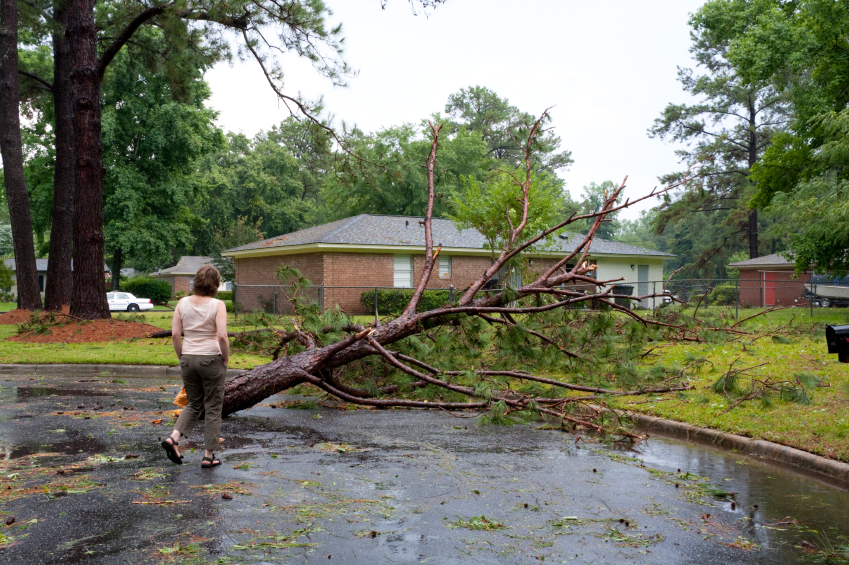Understanding HOA Tree Policies and Disputes in Georgia
For many community associations, the wet and stormy summer we’ve been experiencing here in Georgia means an uptick in damages from falling water-logged trees and branches. Given that association-owned common areas and individually-owned units and lots often lie in close proximity to one another, these falling branches and trees give rise to the inevitable question: who pays for the damage?
Tree Ownership and Georgia Law on HOA Tree Policy
Under basic Georgia common law, ownership of a tree is determined by the property upon which the tree’s trunk is located. If the tree’s trunk is located entirely on one piece of property, then that tree belongs to the owner of the property on which it sits. If the tree trunk stands on two or more pieces of property, then each property owner owns that portion of the tree that is located on his or her property and has an easement of support from the other landowners who share the tree. That means that each landowner has the right to require that the other landowner not use his part of the tree in such a way as to unreasonably damage or destroy the whole tree.
HOA Liability for Damages Caused by Falling Trees
However, Georgia law regarding tree liability does not hold that a landowner is automatically liable for any damages to an adjoining property owner that his or her tree causes. Rather, a landowner is liable for injuries or damages caused by a falling branch or tree only if the landowner knew or reasonably should have known that the tree was diseased, decayed, or otherwise constituted a dangerous condition. In addition, the tree policy law does not require that a landowner inspect the tree for non-visible problems that may weaken the tree; generally, the landowner will only be held liable for damage caused to the property of another if the disease, decay, or other problem with the tree is visible, apparent and patent.
Community Association Nuances
Note that in the community association context, the above analysis may be altered in that an association’s governing documents may provide that the association bears maintenance responsibility for trees located on individually-owned lots or units. In such cases, the association could be held liable for damages caused by the falling tree, even though the association did not own the tree, if the association acted negligently in its maintenance of the tree. However, the association would not be liable for damages caused by the tree to another landowner’s property simply because it bears maintenance responsibility for the tree.
So, does the HOA bear responsibility for tree damage?
So, to sum up, if a tree located on association common property, or for which the association otherwise bears maintenance responsibility under its governing documents, falls and injures the property of an adjacent owner, the association will generally not be responsible unless the association either knew or should have known that the tree was suffering from a condition that made it, or a part of it, likely to fall.


